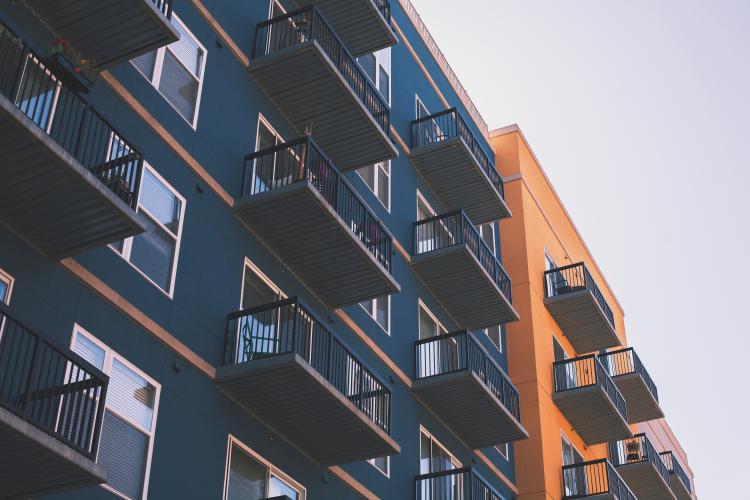
If you are like me (or 14.8% of Midwesterners), you live in multifamily housing. And if you’ve ever been a multifamily tenant, then you know it can be harder to get improvements and renovations done than if you live in a single-family home. Dealing with landlords, management companies and condo associations can slow down decision-making, and it’s often unclear what you, as a resident, can or can't do to modify your home.
Now imagine what it’s like to be a utility that is trying to increase the energy efficiency of the multifamily housing across its service territory, dealing with those same sorts of barriers on a larger scale. We wrote about those challenges earlier this year and how Midwestern utilities are shifting their approaches to better serve their multifamily customers with energy efficiency programs.
Data-Driven Solutions Require Good Data
As a follow up to our earlier paper, MEEA has just published a new multifamily market characterization, Midwest Multifamily Market Characterization: Building Attributes & Occupant Demographics. The paper provides data in two key areas:
- Characteristics of multifamily buildings in the Midwest – the proportion of residents, the size and age of buildings and the current level of penetration of energy efficiency measures;
- Demographic information about multifamily housing residents - tenure, rental rates and costs, household income and the amount of income going to energy costs.
What we uncovered was a treasure-trove of crucial data that should be an asset to utilities, advocates and other EE enthusiasts.
Case Study: Me
As I noted earlier, I'm a resident of the 14.8% of Midwest housing that is multifamily. Going deeper to demonstrate the data in our new paper:
- I'm part of the 4.6% of Midwest residents who live in 5-9 unit buildings.
- My building is one of 13.9% of multifamily buildings that were built or renovated from 2000-2009.
- I live in one of the 45.5% of multifamily residences with ceiling fans, the 26.7% with an ENERGY STAR refrigerator and the 61.5% with double- or triple-pane windows.
- Like 99% of multifamily residents, I've never had an energy audit.
- I'm a condominium owner, so I'm part of the 9% owner-occupied units, rather than the 77% of multifamily residents who are renters.
- I'm not going to tell you where my household falls on the income scale, and I've never figured out my utility bills as a percentage of my income, but those demographic values are included in the paper as well.
High Energy Costs for Low-Income Residents
Understanding the multifamily housing market is critical for advocates looking to ease the disproportionately high energy burden on multifamily renters and the utilities trying to reach them.
This new paper provides data and analysis highlighting the large percentage of buildings that are currently underserved through energy efficiency programs and potential energy savings that would greatly benefit residents and increase overall energy portfolio savings.